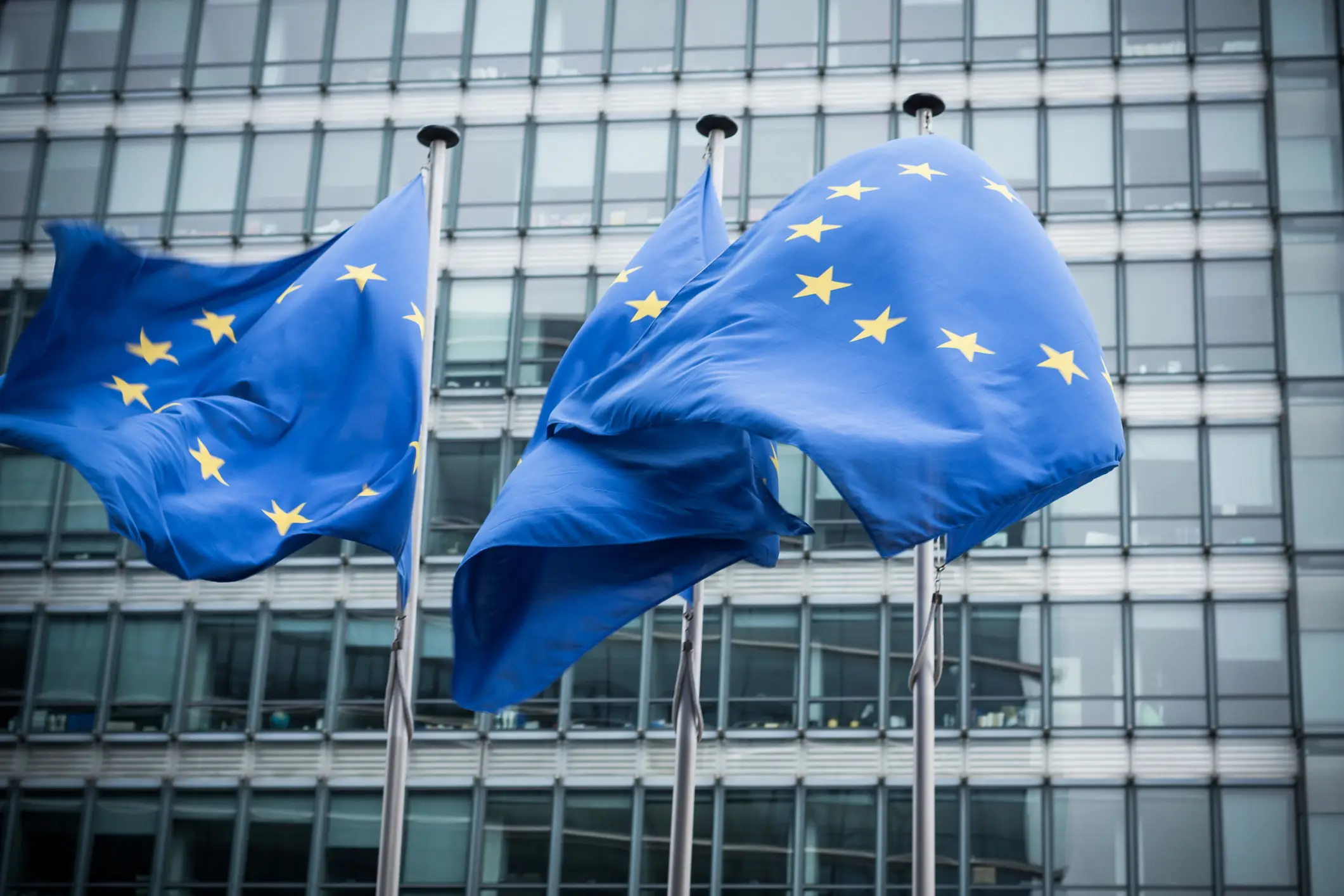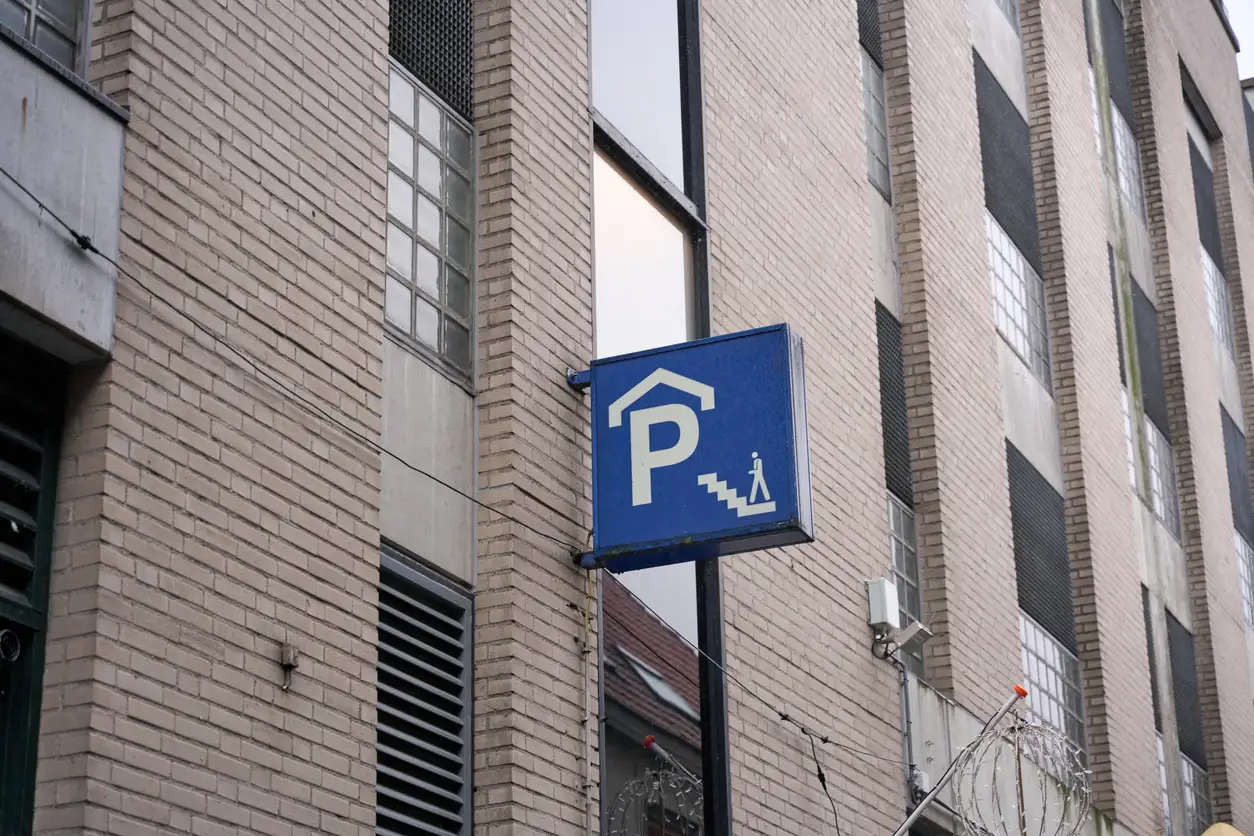As an entrepreneur selling goods or digital services to customers in other EU countries, you have to deal with VAT rules that are different in each country. This can quickly become complicated, especially if you operate in multiple countries. Fortunately, there are several regulations that make this process easier: the OSS scheme, the IOSS scheme, and the Non-Union scheme. Below, we explain them all so you know exactly what you need.
The OSS (One Stop Shop) scheme
The OSS scheme is designed to save entrepreneurs time and effort. Normally, you have to register and pay VAT in each EU country where you sell. That means multiple VAT numbers and a lot of extra administration. With the OSS scheme, you arrange everything through one central VAT declaration in the Netherlands. The Dutch tax authorities forward the VAT to the countries where your customers live.
When do you use the OSS scheme?
The OSS scheme is designed for cross-border B2C sales within the EU and is mandatory if you:
- Sells goods or services to consumers in other EU countries.
- Make more than €10,000 turnover annually with cross-border sales.
Do you stay below the €10,000 threshold? Then you may pay VAT in the Netherlands at the Dutch rate and do not need to register for the OSS scheme.
How does it work?
1. Registration:
Sign up via My Tax Business. After registration, you can pay VAT for all EU countries via one central declaration. Manual: Register for the OSS (This is an example, fill in what applies to you while applying).
2. Applying VAT rates:
You apply the VAT rate of the country where your customer lives. For example:
-
- Germany: 19%
- France: 20%
- Belgium: 21%
You mention this rate on the invoice.
3. Declaration:
At the end of each quarter, you indicate by country:
-
- How much you sold.
- How much VAT you have to pay.
You pay this to the Dutch Tax Administration, which then forwards it to the countries concerned.
Benefits of OSS
- One central declaration: No separate registrations or VAT returns in each EU country.
- Efficient and clear: You keep time for your business.
- Scalable: Growing in multiple countries is no longer an administrative burden.
The IOSS (Import One Stop Shop) scheme
The IOSS scheme is specifically intended for goods that are from outside the EU are imported and sold to consumers in the EU. It applies to shipments with a maximum value of €150.
When do you use the IOSS scheme?
- For companies selling goods from a non-EU country directly to EU consumers.
- For marketplaces (such as Amazon) and dropshippers importing products into the EU.
How does it work?
- VAT is calculated during the sale and paid by the customer.
- Upon delivery, the customer no longer has to pay VAT or import duties, making for faster and smoother handling.
- The entrepreneur or marketplace remits VAT to one EU country via an IOSS declaration.
Important:
- Goods with a value above €150 are not covered by the IOSS scheme. These are treated according to normal import rules.
The Non-Union scheme
The Non-Union scheme is intended for entrepreneurs who outside the EU are based and offer digital services to consumers in the EU.
When do you use the Non-Union scheme?
- If you provide digital services, such as:
- Streaming services.
- Apps and software.
- Online courses.
How does it work?
- You register in one EU country for an OSS account.
- All VAT on the digital services you sell to EU consumers is declared centrally through this account.
Comparison of OSS, IOSS and Non-Union
| Scheme | For whom. | What will be taxed? | Limit value? |
| OSS | EU and non-EU entrepreneurs with EU establishment | Goods and services within the EU (B2C). | No limit. |
| IOSS | EU and non-EU entrepreneurs | Goods from outside the EU (max. €150 per shipment). | Max €150 per package. |
| Non-Union | Non-EU entrepreneurs | Digital services to EU consumers. | No limit. |
Practical example
- OSS scheme:
A Dutch webshop sells:- A product to Germany for €100 (VAT 19%). You invoice €119 (€100 + €19 VAT).
- Another product to France for €150 (vat 20%). You invoice €180 (€150 + €30 VAT).
In your OSS declaration you state: - Germany: €100 turnover, €19 VAT.
- France: €150 turnover, €30 VAT.
Total VAT: €49, to be remitted via OSS.
- IOSS scheme:
A Chinese seller sells a €50 phone case to a Dutch consumer. The Chinese seller charges 21% VAT (€10.50) during the sale and remits it through IOSS. The customer pays nothing extra on delivery. - Non-Union scheme:
A US software developer sells an online course to an Italian customer. The VAT (22% in Italy) is declared and remitted through the Non-Union scheme.
Key points of interest
- Ensure correct records: note turnover, VAT and customers by country.
- Use the correct VAT rates.
- Make sure you have OSS, IOSS or Non-Union declarations on time submits:
- Quarter 1: by 30 April.
- Quarter 2: by 31 July.
- Quarter 3: by 31 October.
- Quarter 4: by 31 January.
Summary
The OSS, IOSS and Non-Union schemes make VAT handling for international sales simpler and more efficient. Which scheme you need depends on your business activities:
- OSS: For cross-border B2C sales within the EU.
- IOSS: For import of goods from outside the EU (max. €150).
- Non-Union: For digital services from outside the EU to EU consumers.





